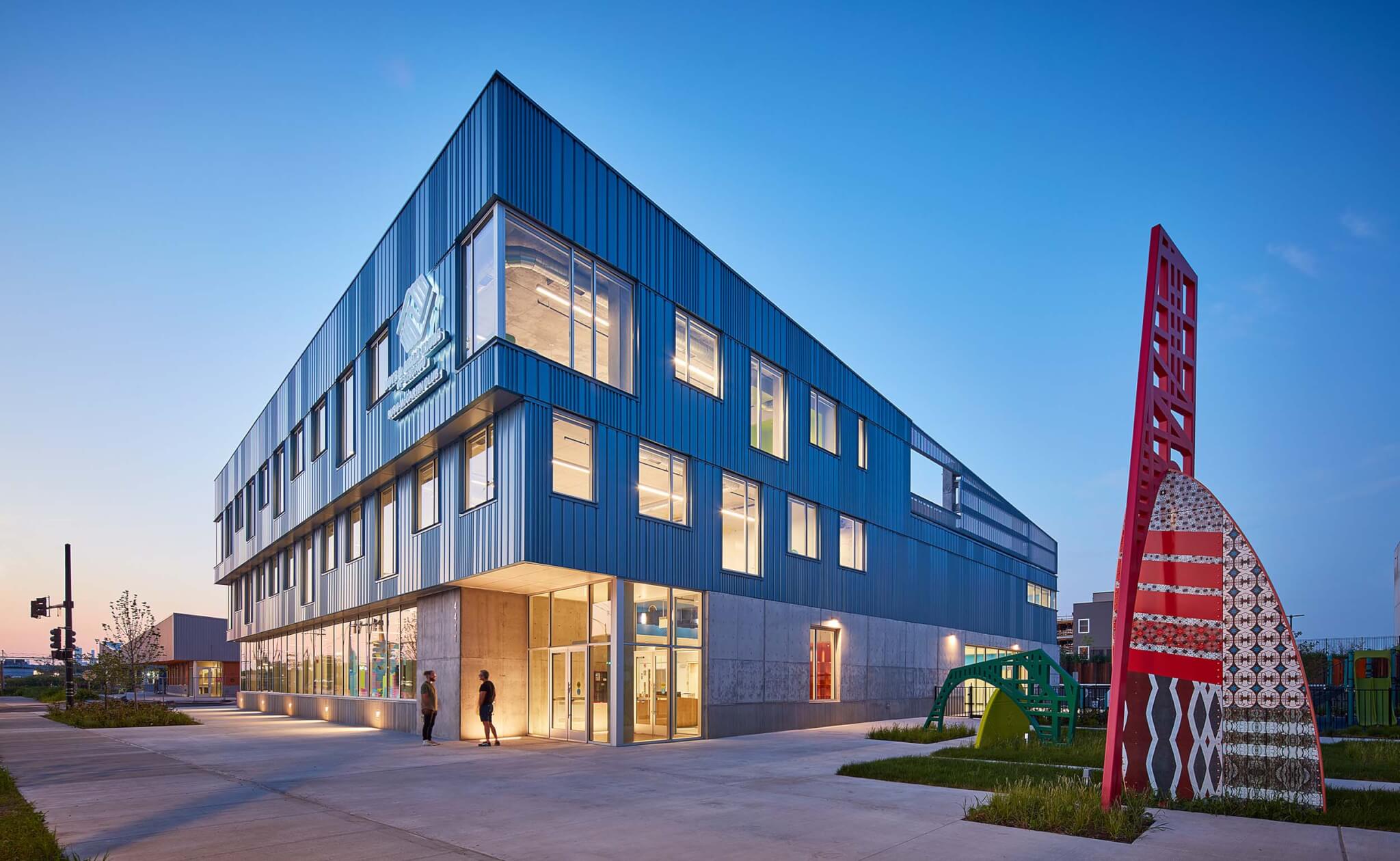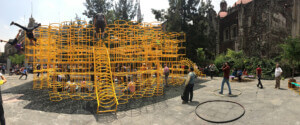This article is part of our series of profiles on The Architectural League of New York’s 2024 Emerging Voices winners published in the March/April issue of AN. The full list of winners can be found here.
Katherine Darnstadt founded Chicago-based Latent Design in 2010 following a flurry of dramatic events: becoming a licensed architect, receiving a promotion at her job, getting married, finding out she was having a baby, and then getting laid off.
“It was in that moment of panic of having to make every single life and career decision at once that I ended up founding the firm, because that’s all I knew how to do,” she told AN.
Darnstadt continued looking for work while slowly building her own firm. She recalled that those first projects were anything but glamorous—mostly code violation corrections or small residential jobs. But through these projects and in joining with like-minded design professionals, Darnstadt set out to design impactful, community-based architecture.

The name Latent refers to the idea of “making the invisible visible,” a trait that sounds loud and clear in the firm’s work in underserved neighborhoods. Several projects have been realized along Chicago Avenue, reaching across neighborhood borders and typologies. Many have fulfilled and addressed goals set in quality-of-life plans (QLPs)—community planning efforts revisited every ten years. Darnstadt explained that a neighborhood may ask for more grocery stores or affordable housing, or for adaptive reuse projects to take hold—projects she didn’t anticipate taking on as a young professional. “Now I can see the value of thinking through what those impacts ultimately lead to,” she said.
Latent recently completed the Rusu-McCartin Club for the Boys & Girls Club of Chicago on a former brownfield site. A smaller but equally impactful project is the Boombox: a humble kiosk that artists or small-business owners can lease. Boombox tenants have gone on to be clients: Two tapped the firm to design a grocery store and an art gallery.
“As a firm,” Darnstadt concluded, “we’re interested in working at the scale of the bench, the building, and the block.”











